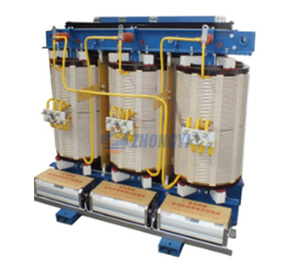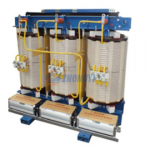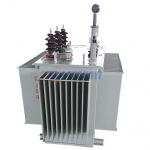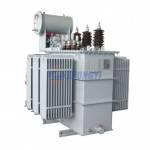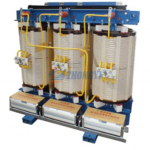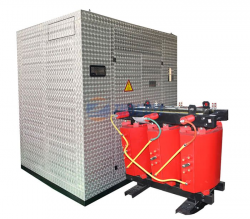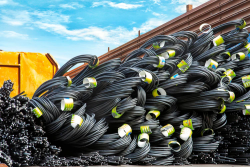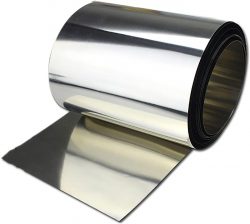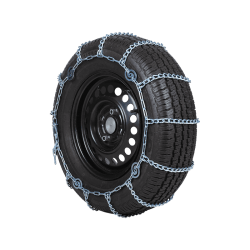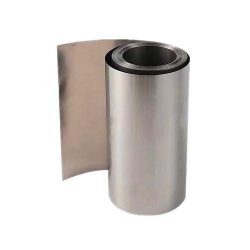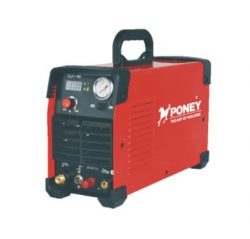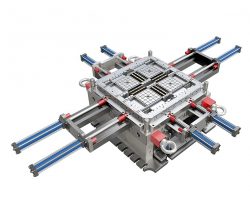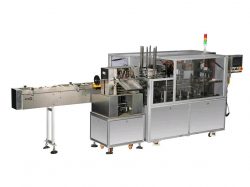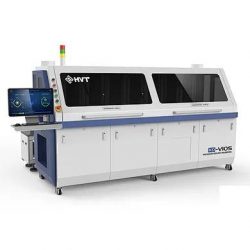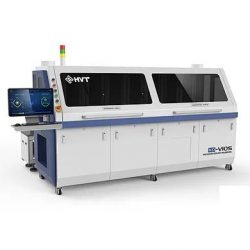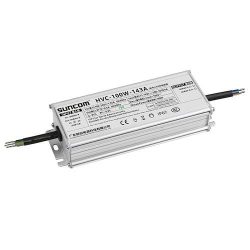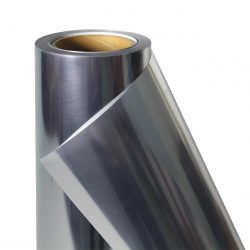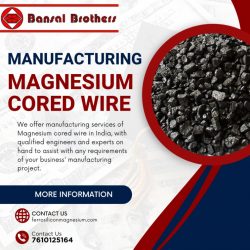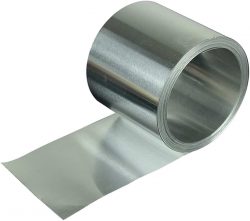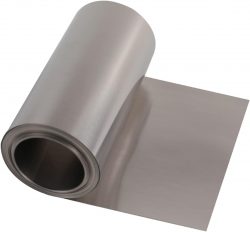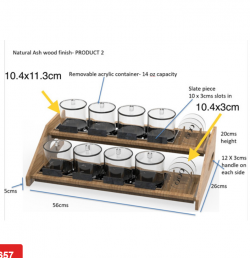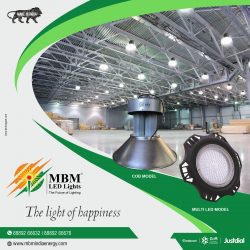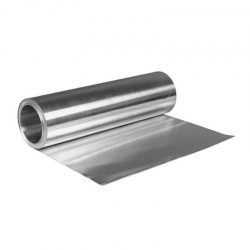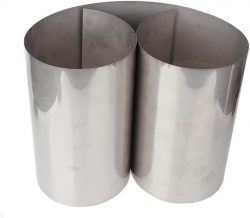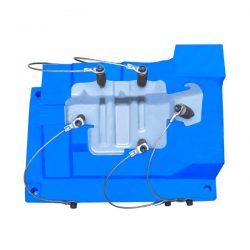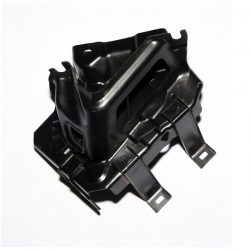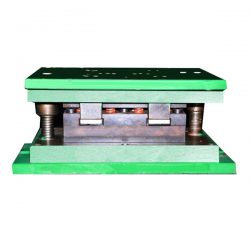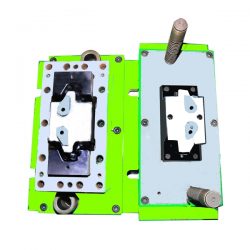Difference between Step Up and Step Down Transformer
The Global Transformer Market is estimated to reach $80.1billion by 2025, growing at a CAGR of 6.7% from 2020 to 2025. A transformer is a static device that transmits alternating current between circuits at the same frequency, but the voltage level usually varies. For economic reasons, electrical energy must be transmitted at high voltage, while for safety reasons it must be used at low voltage. This increase in transmission voltage and decrease in use voltage can only be achieved by using step-up and step-down transformers. Next, the transformer supplier will share the following content with you.
Content: Step-up and step-down transformers
1. Definition
2. Explanation of transformer terminology
3. Examples
4. Main differences
1. Definition
Step up transformer definition
A step up transformer is a type of transformer that has the function of converting the high current of low voltage (LV) on the primary side of the transformer to the low current value of high voltage (HV) on the secondary side of the transformer.
Step-down transformer definition
A step-down transformer is a transformer that converts the high voltage (HV) and low current from the primary side of the transformer to the low voltage (LV) and high current value on the secondary side of the transformer.
2.Explanation of transformer terminology
*Note 1: The current is proportional to the magnetic field.
*Note 2: According to Ohm’s law, the voltage is proportional to the amperage. If we increase the voltage over the amperage will also increase, but if we increase the voltage when the transformer is transmitting the same amount of power, the current will decrease and vice versa. Therefore, the capacity of the transmitter and the receiver is constant.
*Note 3: The thickness of the wires depends on the ability of the current to flow through them.
*Note 4:
Definition of primary winding: The transformer winding that is powered by the power supply is called the primary winding.
Definition of secondary winding: The transformer winding that supplies power to the load is called the secondary winding.
3. Example
A given transformer can be used as a step-up or step-down transformer. If the HV (high voltage) winding is connected to the main winding and the LV (low voltage) winding to supply the load, the transformer operates as a step-down transformer. This is because the transformer delivers power at a reduced voltage at the secondary terminals. The following diagram shows a step-down transformer.In the diagram above, the high voltage winding is connected to the 11 kV supply and the low voltage winding is connected to the 415 V load. Since the secondary voltage is reduced from 11 kV to 415 V, it is called a step-down transformer. It should be noted that in this case, the high voltage winding is the primary winding as it is used to connect to the 11 kV supply. The low voltage winding is the secondary winding, as it is connected to the load.
The same transformer can also be connected in reverse, as shown in the figure below.
The above transformer is used as a step-up transformer. Here the low voltage winding is the primary winding and the high voltage winding is the secondary winding.
Therefore, a transformer can only be called step-up or step-down when in use. Only after understanding the application of the transformer can one distinguish whether the transformer is a step-up or step-down type.
A freestanding or isolated transformer cannot be called a step-up or step-down transformer. Therefore, from the point of view of core construction, winding design, and operating principle, there is no difference between step-up and step-down transformers. But in terms of operation, yes, there are some differences between the two. The main difference between step up and step down transformers is their application.
The main differences between step-up and step-down transformers
1. When the output (secondary) voltage is greater than the input (primary) voltage, it is called a step-up transformer. In contrast, the output (secondary) voltage of a step-down transformer is smaller.
2. In a step-up transformer, the low-voltage winding is the primary coil and the high-voltage winding is the secondary winding. In contrast, in a step-down transformer, the low-voltage winding is the secondary winding.
3. In step-up transformers, the current and magnetic field develop less in the secondary and grow higher in the primary. In contrast, in step-down transformers, the voltage at the secondary is lower due to the high current and magnetic field.
Zhongyi Electrical material as an experienced transformer manufacturer has the following advantages
1. Products are widely used in different industries, involving power plants, chemicals, construction, mining, metallurgy, rail transportation, and so on, best meeting the needs of various users.
The company has complete testing equipment, and all products have undergone strict factory testing to ensure that the performance indicators of the products meet the relevant national and international standards.
